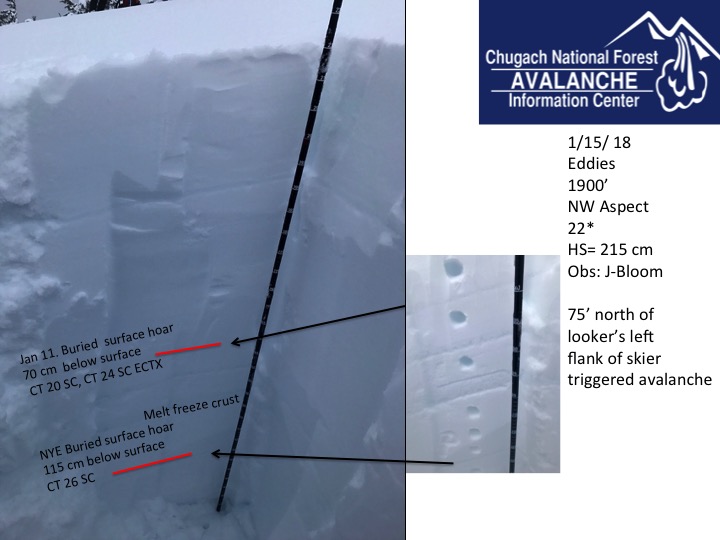Turnagain Pass
|
|
The avalanche danger is HIGH today at all elevations. Heavy rain, snow and strong winds have created very dangerous avalanche conditions. Natural avalanches are likely and human triggered avalanches are very likely. Avalanches may be very large and run long distances. Travel in the mountains is not recommended. Avoid all runout zones.





